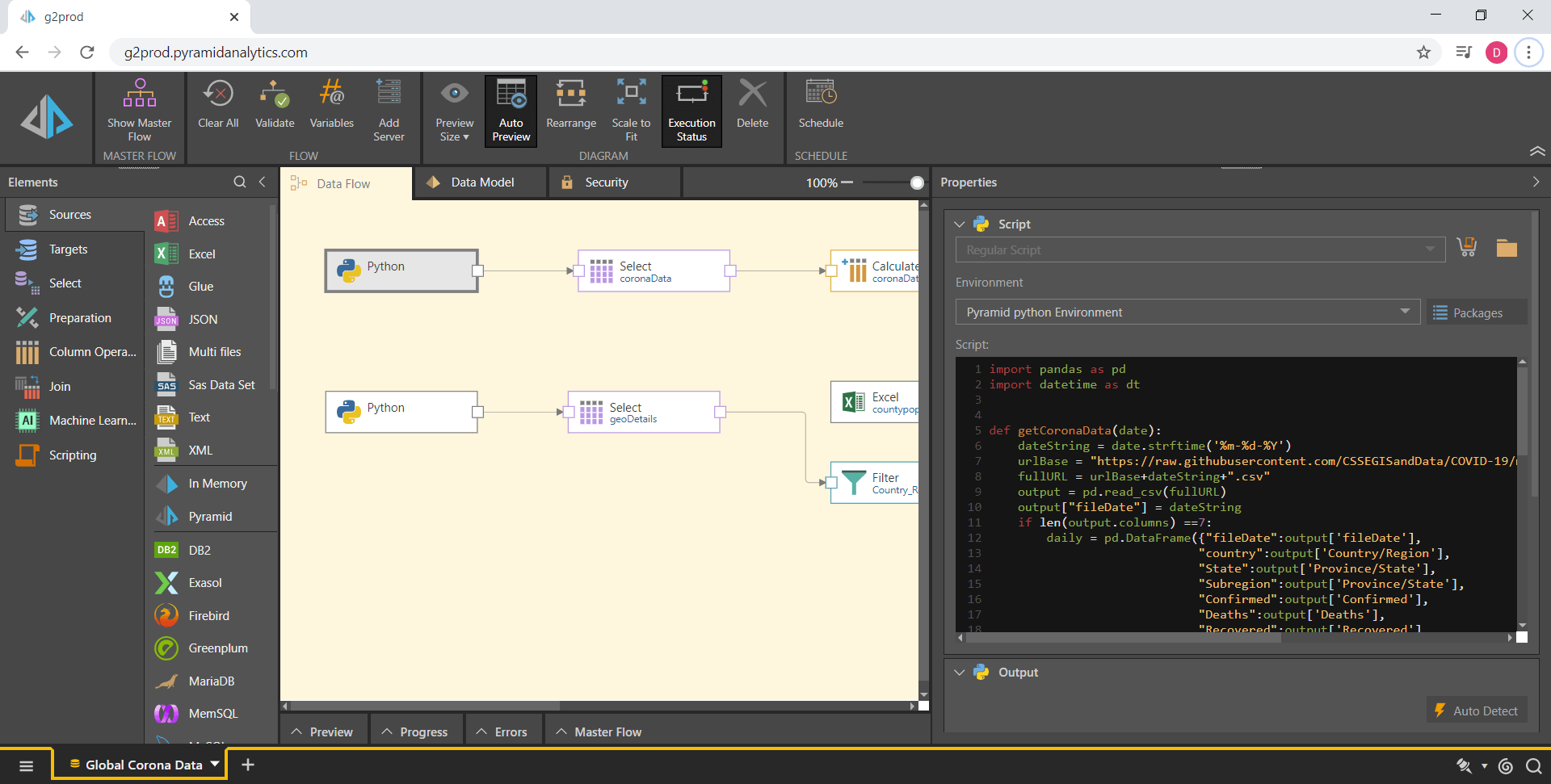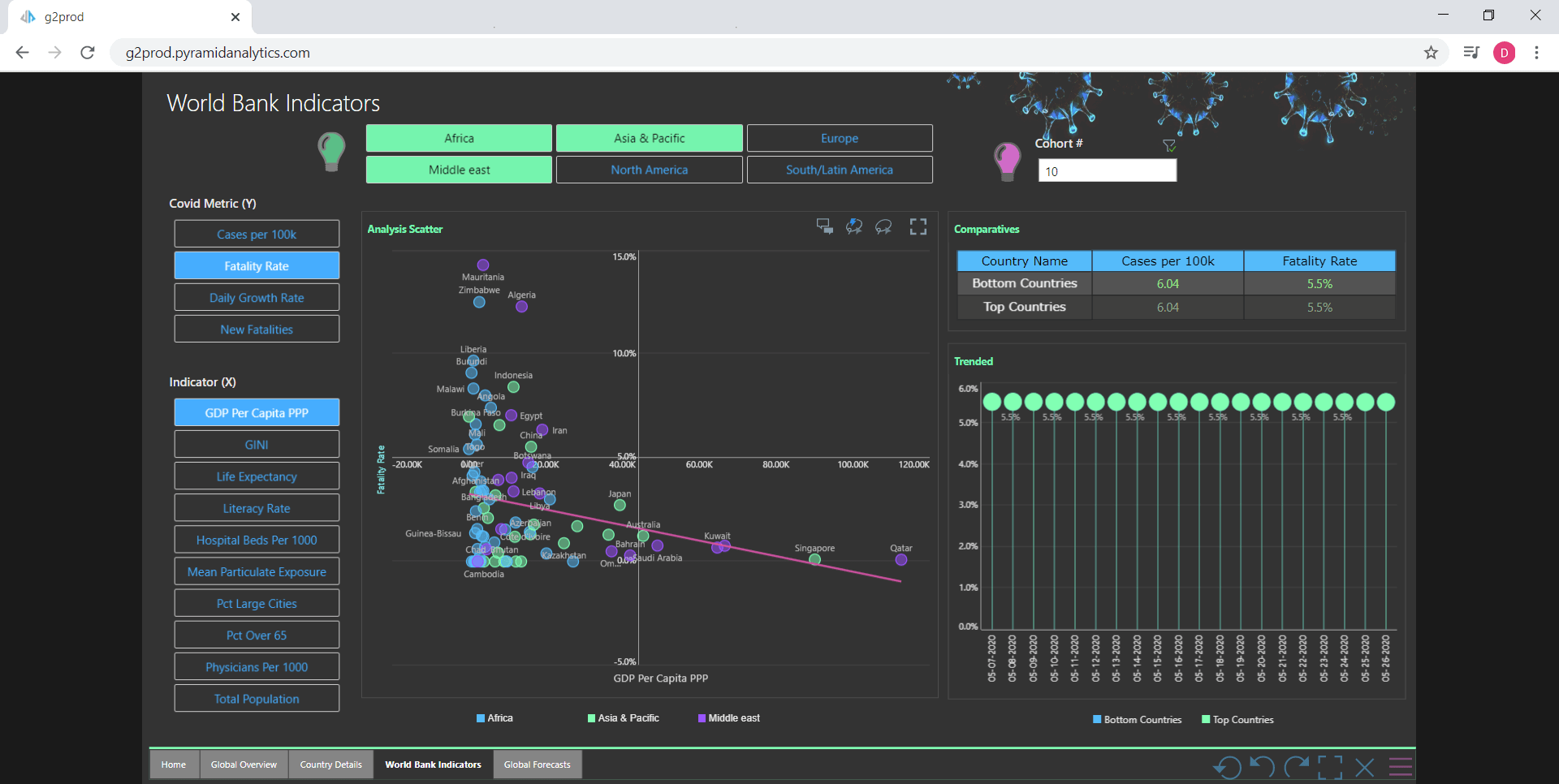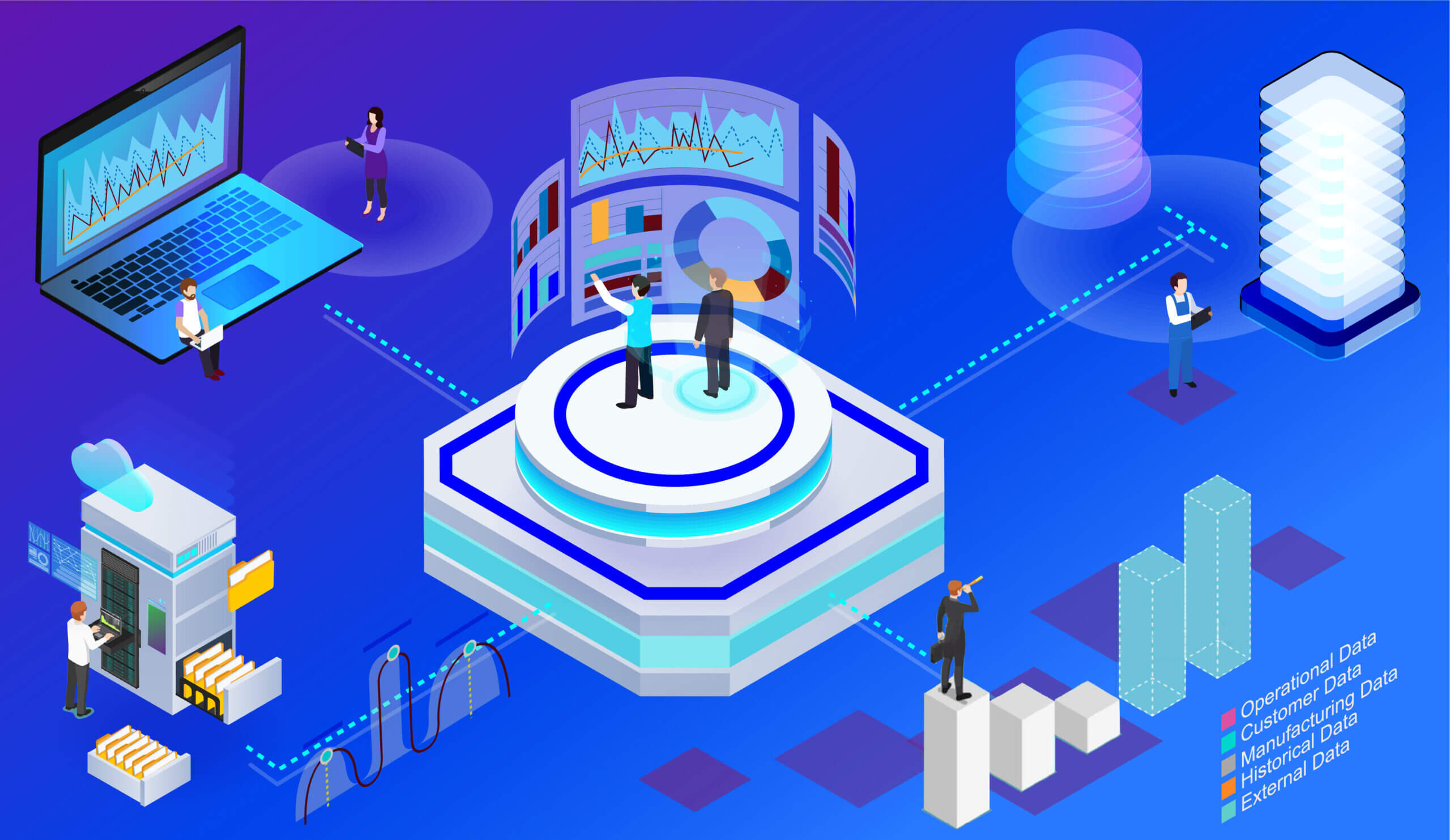In the wake of COVID-19, companies must reevaluate predictive analytics and forecasting to face future crises
Analytics leaders are tasked with forecasting their companies’ post-COVID-19 futures. If you’re among them, things may feel more out of control than usual right now. But if so, you’re not alone.
Analytics teams have long relied on insights based on historical data to predict business outcomes — customer behavior, for example, which they’ve used to forecast the potential success of new products and initiatives. But the unpredictability of COVID-19 has shown us how many of those methods are no longer effective.
Analytics remains critical to our efforts to understand and anticipate the impact COVID-19 and other future crises will have on our businesses and our customers. That’s why even now, companies of all sizes are increasing their investments in advanced analytics. Smart business leaders are identifying solutions that will help them understand a post-COVID-19 world, one in which large-scale crises of this nature might become more frequent.
“As you weather these conditions, it is still important to chart a steady course and be laser-focused on the parts you can control,” says Forrester. “Continue getting smarter about markets, competitors, products, and customers, armed with deeper data and insights.”
Now is the time to double down on your commitment to provide your people with better decision-making support. In this article, we take a look at the traditional analytics techniques that need to be reconsidered in a post-COVID-19 business environment. We also identify the analytics solutions that will improve opportunities for business success in the face of future disruptions.
Four bad analytics habits that need to go
No matter your industry or company size, no doubt your business has been impacted by COVID-19 in one or more unpredictable ways. Among all your tools for mitigating loss and risk, your data analytics maturity can do the most to reduce the severity of those impacts. But most companies don’t have the real-time agility that advanced analytics supports, nor can they provide the decision support their teams need to keep them on an even keel during a crisis.
Business leaders must realize that these problems were not necessarily created during the COVID-19 crisis. “The pandemic shines a new light on your current business operations,” Forbes describes. “A problem that was once invisible may now become painfully obvious during these demanding times.”
Bad habits and legacy tools have been holding companies back for years — many have only now come to realize their dangers in the wake of a global crisis. Below we’ve itemized some of the problem areas that have come to the forefront for companies in the wake of the pandemic.
I. Relying on only basic, “good enough” analytics tools
When the economic climate is “business as usual,” it’s easy to become complacent with a basic analytics solution. But in the face of a crisis, this “analytics as usual” approach isn’t enough — becoming a truly insights-driven organization must become a priority.
In a crisis, companies are more likely to emerge successful with an advanced analytics solution — one that supports actionable data sharing across the organization in a democratized but governed way. Advanced analytics can become a foundation for your business, providing decision makers at all levels of the organization with a clearer understanding of what challenges and opportunities lie ahead, no matter the climate.
II. Employing only limited data types and sources
Companies who depend solely on internal customer data or even limited external data sources do not have a complete picture of key business factors like their customers or supply chains. They certainly can’t anticipate the business impact of global factors not directly related to their key lines of business.
Advanced analytics factors data from non-traditional external sources that nonetheless provide a clearer picture of the broader economic climate and how those factors may impact key lines of business. As Forbes describes, “[external] data sets, when used correctly, have fueled technologies that have touched millions and generated billions.”
What’s more, many companies simply aren’t using their existing data in ways that create new, actionable insights for their teams. Some of the resources you need to forecast customer behavior during a crisis or reduce risk in business-critical supply chains might already be at your fingertips.
III. Providing only a handful of people in your organization with access to business-critical insights
Companies that have not developed a healthy analytics culture within their organization during times of prosperity are especially vulnerable during a crisis. For example, traditional analytics models provide only a handful of technical or executive users with access to analytics tools. This robs decision-makers in other areas of the organization of insights that could help them manage their own unique challenges during a crisis.
Advanced analytics solutions allow business leaders to connect more employees to analytics tools in a governed and strategic way. Mid-level users with both a perspective on executive strategy and a direct impact on ground-level employee activities are prime candidates. They are best equipped to drive fast, purposeful change in operations — something you will need when the next crisis hits.
IV. Overlooking opportunities that improve insights-sharing and data storytelling
Employees who are not in leadership discussions and who do not have direct access to self-service analytics tools are most likely to suffer from uncertainty during a crisis. Yet these are the people who must act on new and unexpected initiatives as part of your crisis response.
Just as a healthy analytics culture involves more democratized access to advanced analytics tools, it also involves a companywide emphasis on making data-driven decisions — even among those who do not interface with analytics. That means training users on the skills they need to communicate valuable insights to team members. Employees who understand the reasoning behind new initiatives and the changes in the strategic vision of the organization are more likely to move forward with confidence and success.
Transitioning your organization to managed advanced analytics
As universal employee access to business analytics becomes a reality, organizations can begin their journey to advanced analytics and the creation of cross-functional teams. An important lesson from the data warehousing era was that data architects must engage with business analysts in an agile but disciplined manner. The use of cross-functional teams is now widely recognized as a best practice that reduces time-to-value and increases adoption.
A well-trained data scientist uses a combination of programming skills and methodology to discover relationships and patterns in data. What they typically lack, however, is the business domain expertise that is needed to recognize the relevance of insights and to prevent inadvertent bias. They may also not be aware of the existence of supplemental data sets that can enrich machine-learning models. A working partnership with an experienced business analyst can overcome these limitations.
However, these teams must bridge the worlds of machine learning and multi-dimensional analysis to make this partnership work. Data scientists perform most of their work using the R and Python programming languages. Meanwhile, business users are familiar with the “slice and dice” paradigm and, increasingly, the use of natural language queries. Both sides must find a way to collaborate so that the results of machine learning can be explored and validated by business analysts, then operationalized for use by the rest of the organization. This requires a platform-centered approach.
Pyramid Analytics simplifies this approach for users. By applying R and Python scripts in a data flow process, cross-functional teams can transform data that has been read from databases, or even from a primary data source. When executed, users can seamlessly apply the data produced by the scripts in visualizations, dashboards, and reports.

Applying a Python script using Model.

Users gain access to powerful interactive visualizations, powered by deep data sets.
Scripts can reside in the Pyramid repository under version control, ensuring that analysts use code that has been curated and approved for use. (This can be critical in regulated industries where the ability to document and reproduce analyses is a requirement.) Finally, Pyramid executes the scripts on a dedicated AI server, giving data scientists and business analysts alike the ability to share compute resources.
Strengthen your commitment to your people with Pyramid Analytics
Advanced analytics has the power to close the information gap in organizations, giving decision-makers at all levels the tools they need to proactively uncover trends and contribute to greater business agility. But critical to that success is organizations’ ability to synthesize more data types and sources in meaningful and actionable ways. With Pyramid Analytics, data scientists can apply machine learning techniques to their data in an environment shared by other analysts and end users. Operationalizing decision-support capabilities in this way empowers employees and future-proof organizations from disruptions.
Pyramid Analytics is a governed, managed platform that preserves the democratization and self-service features you need to empower your teams during a crisis. Synthesize data from a variety of internal, external, and non-traditional sources to create a “single version of the truth.” Then, provide decision-makers at all levels of the organization with access to insights tailored to their unique roles.
No matter the state of the world, we need data more than ever to help us find the right path forward. Contact us today to learn more.














